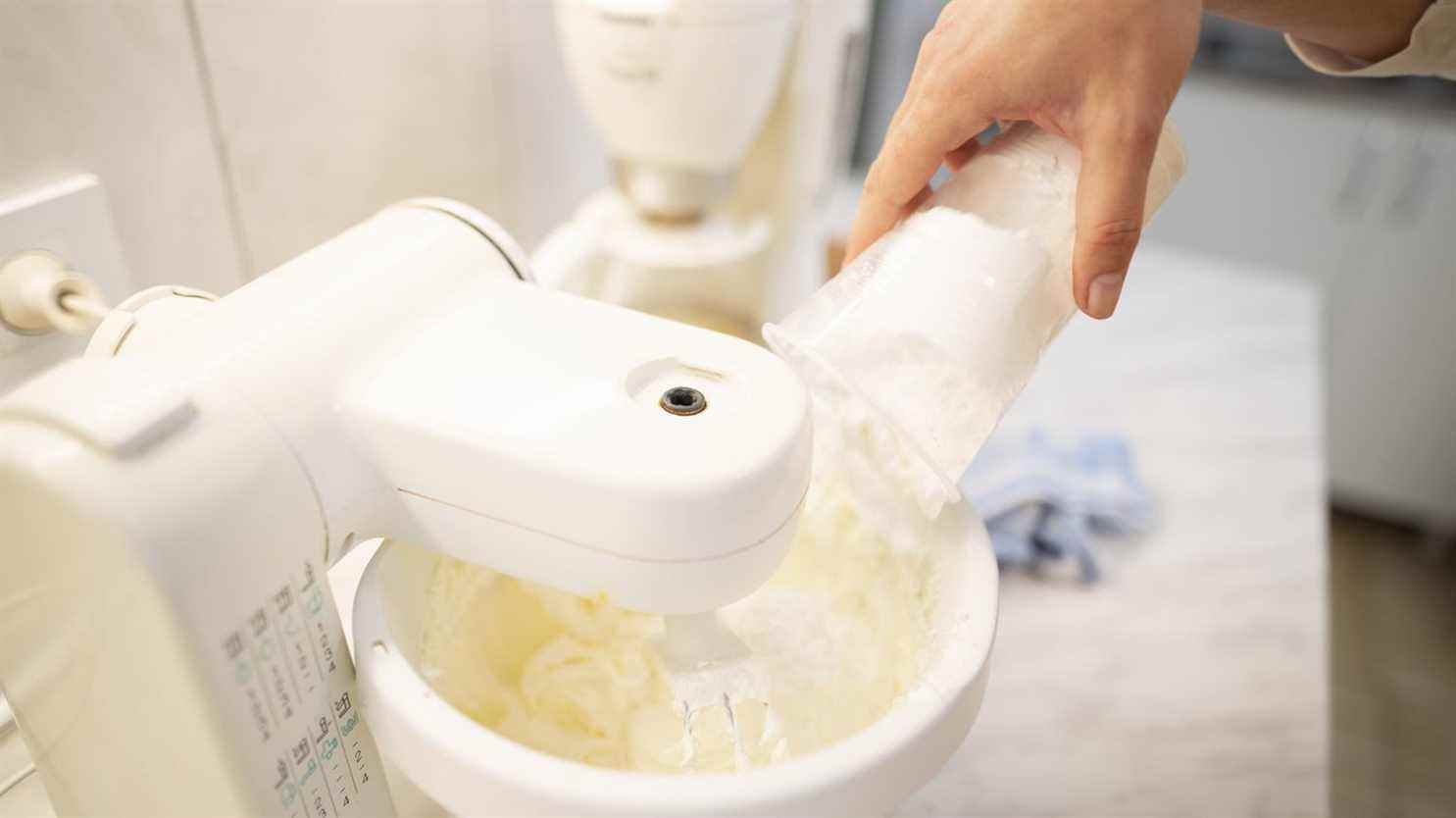The French cook more and more, especially since the confinements linked to the health crisis and the rise of homemade. And among all these gourmands, there are sweet tooths who use pastry robots. Amine Meslem, journalist for 60 Million consumers signs a dossier on pastry robots, in the February magazine, “Pastry robots / The low prices are worth it”.
franceinfo: Amine Meslem, did you carry out this survey because more and more pastry robots are being sold?
Amine Meslem: Yes, 520,000 food processors were sold in 2020, compared to 373,000 the previous year. This represents a growth in value of 48%, according to the GFK institute.
It is true that the pastry robot is a valuable ally. It makes it possible to obtain raw preparations much more quickly and efficiently, serving as the basis for recipes, such as cake or bread dough, egg whites or creams. The device takes care of repetitive and laborious tasks, leaving time for its user to devote to more interesting and creative actions.
These pastry robots, you took 10 different ones that are available on the market, and you made them pass a whole battery of tests…
We tested 10 models, representative of the French market, whose prices vary from 70 to 700 euros. We evaluated their performance and endurance, studied their ease of use, and measured the noise emitted. All this, of course, to help consumers find the one who will best be able to assist them behind the stove.
First, the overall result of your study, of your tests. We can see that the grades are quite good. The pastry robots seem to fulfill the missions that we give them?
In general, they have no difficulty in successfully whipping egg whites or whipped cream, some (KitchenAid Artisan) do it faster, however, while offering a more satisfying consistency. The cake batter is not too much of a problem for them either, although, again, models stand out in terms of velocity and texture quality (Kenwood kMix, Bosch Mum).
But we see for example that for pancake batter, you note that it is not the miracle tool to make all the lumps disappear. There are some who still leave quite a bit. That means you can’t be too ambitious with these pastry robots. They don’t really cook for us?
Indeed, with the exception of two models (Bosch and Magimix) which obtain impeccable results, all the others present a less homogeneous and airy pancake batter. The worst (Electrolux) let lumps form. We also note that many appliances produce bread dough whose elasticity leaves something to be desired. This may be due, in particular, to an automatic time setting, which is not suitable for this type of preparation.
You also tested the endurance of these machines, their longevity, because they are expensive machines. Can we keep them for years and years, according to your tests?
It depends on the models. After having undergone our endurance tests, some of them revealed mechanical weaknesses, we observed traces of wear, for example, deposits of black dust, due to the friction between the motorized arm and the hook serving in the production of bread dough. There is even a robot which could not go to the end of the test, because its engine overheated too quickly, causing untimely stops for tens of minutes.
They should not necessarily be used for too long at maximum speed. There are instructions, of course, to do this as best as possible. And you, what you want to come back and insist on in 60 Million consumers, is that the most expensive robots are not necessarily the best. Pay attention to value for money!
Yes, that’s what our tests show. One of the most efficient robots costs only 90 euros, and does better than others, which cost three to four times as much. It is light, quiet and makes basic recipes perfectly (with the exception of pancake batter). The only downside is that this robot does not have a blender, this tool that allows you to mix or break ice, but it is very good value for money.
